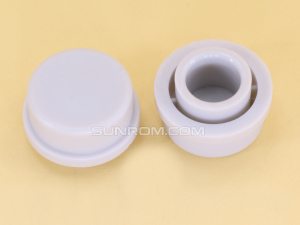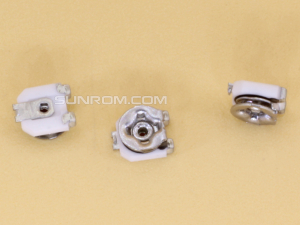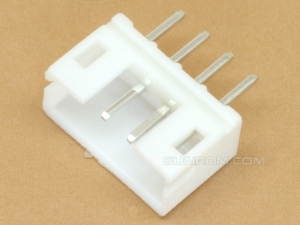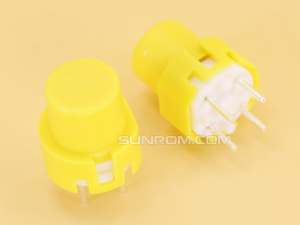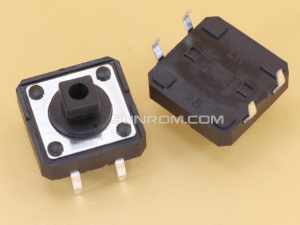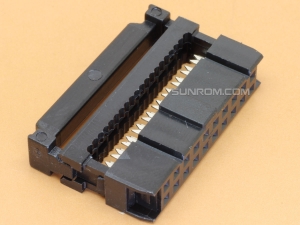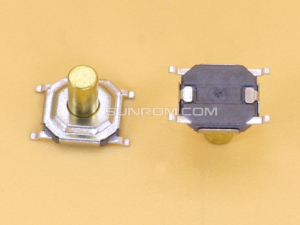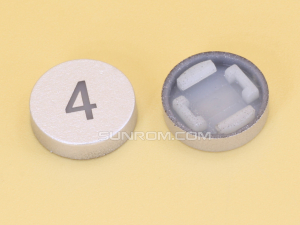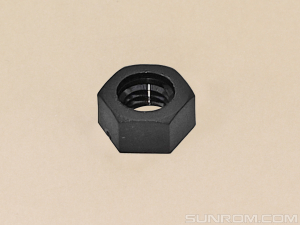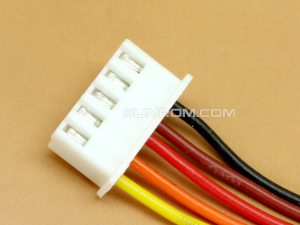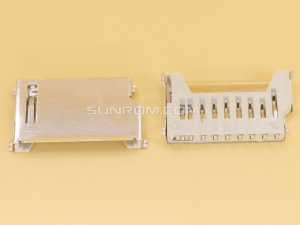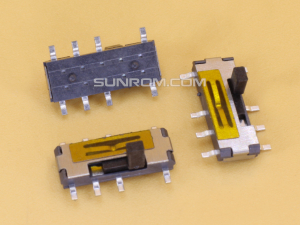500mA PPTC Resettable Fuses
0805 PPTC Bourns Part# MF-PSMF050X-2 0.5A 6V 500MA
Downloads
Bourns 0805 PTC FusesBourns's MF-PSMF series of PTC resettable fuses come in a standard 0805 package. The MF-PSMF is an excellent choice for short circuit and overcurrent protection in 5V applications. The MF-PSMF series operates as a fuse. It begins with a very low impedance and can be driven to high impedance by an overcurrent condition or an increase in ambient temperature. Unlike typical single blow fuses, the MF-PSMF series can be reset by cycling the power on/off.
Features & Benefits
- Compact design to save board space - 0805 footprint, Miniature 0805 SMT package
- Protects against overcurrents, short circuits, and high temperatures
- Resettable - no need to replace
- RoHS Compliant
- Small size results in very fast time to react to fault events
- Symmetrical design
- Low profile
Applications
- USB port protection - USB 2.0, 3.0 & OTG
- HDMI 1.4 Source protection
- PC motherboards - Plug and Play protection
- Mobile phones - Battery and port protection
- PDAs / digital cameras
- Game console port protection
- Portable Electronics
- Port Protection
- Test Equipment
- Computers & Peripherals

Polymeric Positive Temperature Coefficient (PPTC) devices which offer a resettable overcurrent protection alternative, thereby reducing warranty, service and repair costs. Ideal for situations where frequent overcurrent conditions occur or constant uptime is required, resettable PTCs (PPTCs) are typically used in consumer electronics, power line, telecom, I/O port, process control and medical equipment protection applications.
PTCs increase resistance as temperature increases due to increased flow. Designed to limit unsafe currents while allowing constant safe current levels, resistance will "reset" automatically when the fault is removed and temperature returns to a safe levels.
The PTC functions by current limiting a potentially damaging overcurrent to a safe level. Specifically the excessive current through the device causes internal heating (I2R) which raises the temperature of the PTC and results in an increase in its resistance. The resistance of the PTC is generally a small part of the total circuit impedance until the heating takes place. The increase in resistance for a polymer based PTC is nonlinear as shown in the graph below and this relatively large increase in resistance will reduce or limit the circuit current to a safe level. The transition from low to high resistance is referred to as the trip point.
The heat generated by this limited current through the higher resistance value will maintain the temperature of the PTC at a level that will cause the resistance to remain high. This thermal equilibrium condition will continue until power is removed from the circuit which allows the PTC to cool down and the resistance will decrease. The resettable feature of the PTC is based on the fact that the increase in resistance resulting from the increase in temperature is reversible. The PTC is reset or returned to the lower resistance state by removing the power from the circuit which allows the device to cool down. The unit is then ready to react to future overloads. The resistance will remain low if the cause of the overcurrent has been corrected, but if the overcurrent recurs the device will again switch to the high resistance state.
Where do we find it practically? Check PICKIT3 schematic or Arduino Schematic(F1) or Ruggeduino



